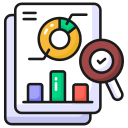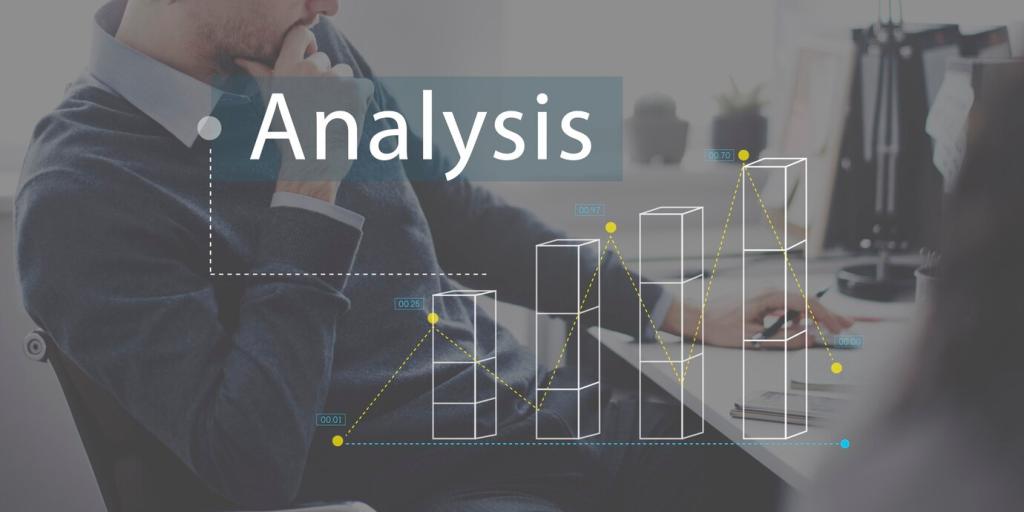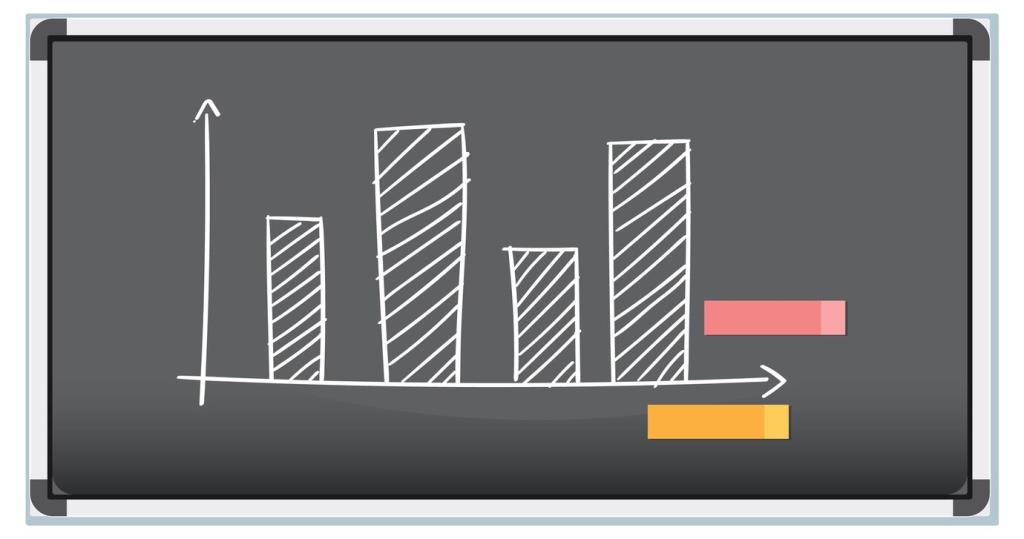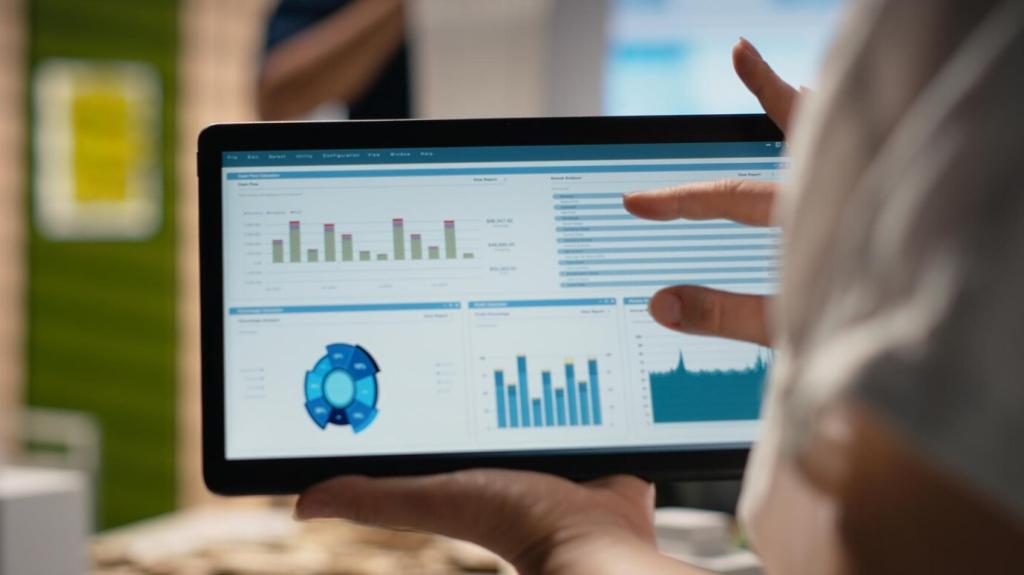Advanced Methods for Performance Analytics
Apply difference-in-differences, uplift modeling, or instrument variables where experiments are hard. Causality clarifies which interventions change outcomes, helping leaders invest confidently rather than chasing noisy correlations or seasonal artifacts.
Advanced Methods for Performance Analytics
Time-series models with regime awareness anticipate workload spikes, recovery windows, or traffic surges. Pair forecasts with scenario plans so teams secure resources, adjust rotations, or scale infrastructure before stress arrives, not after.













